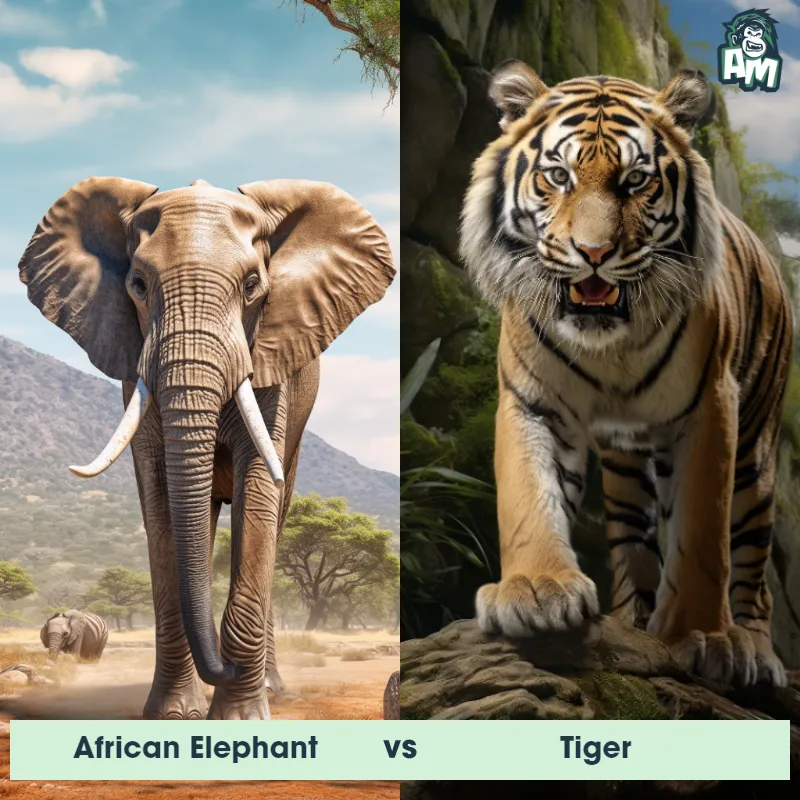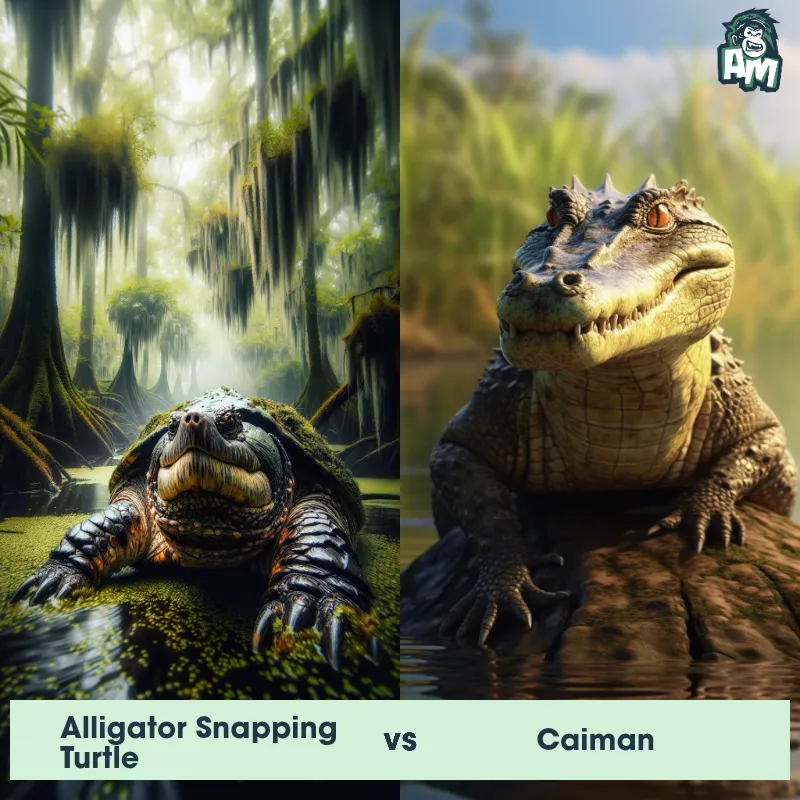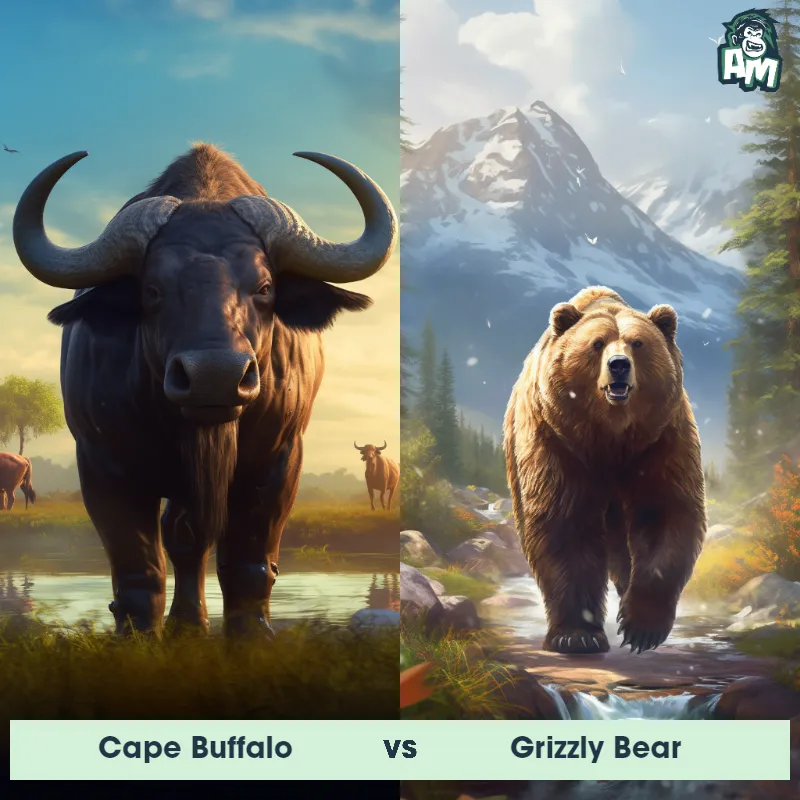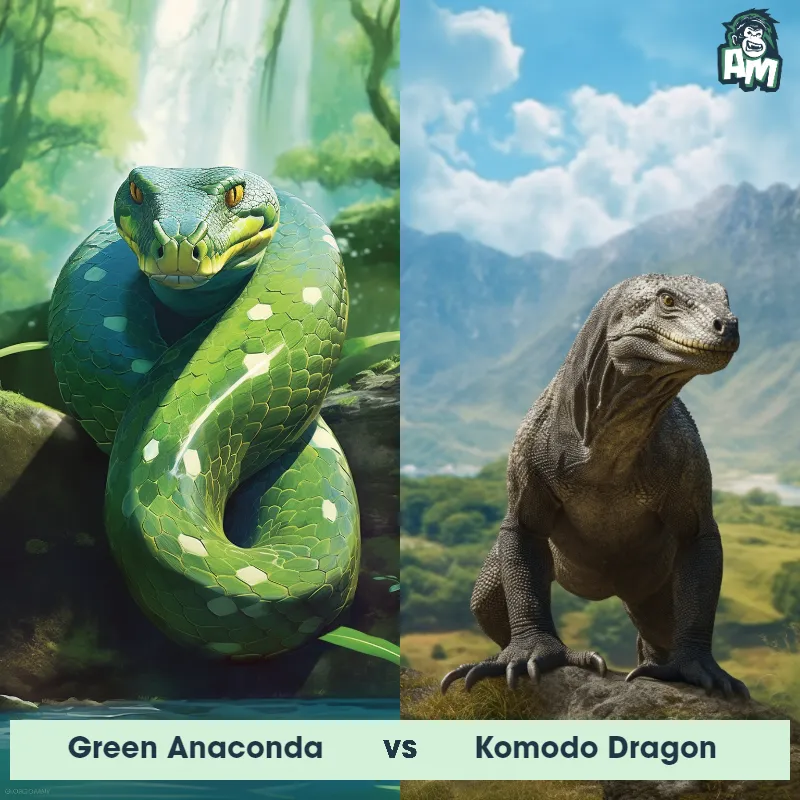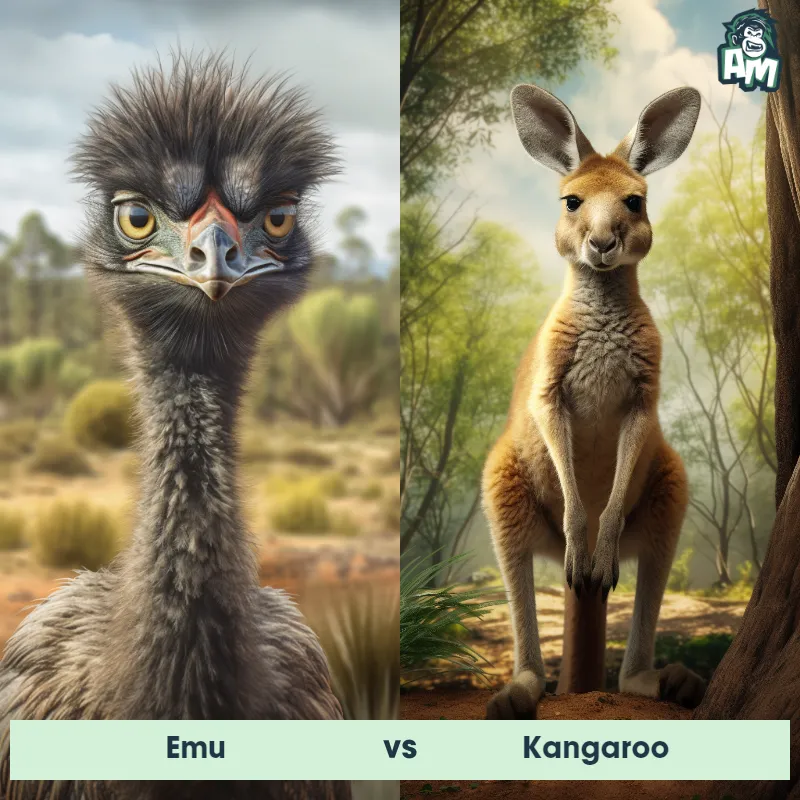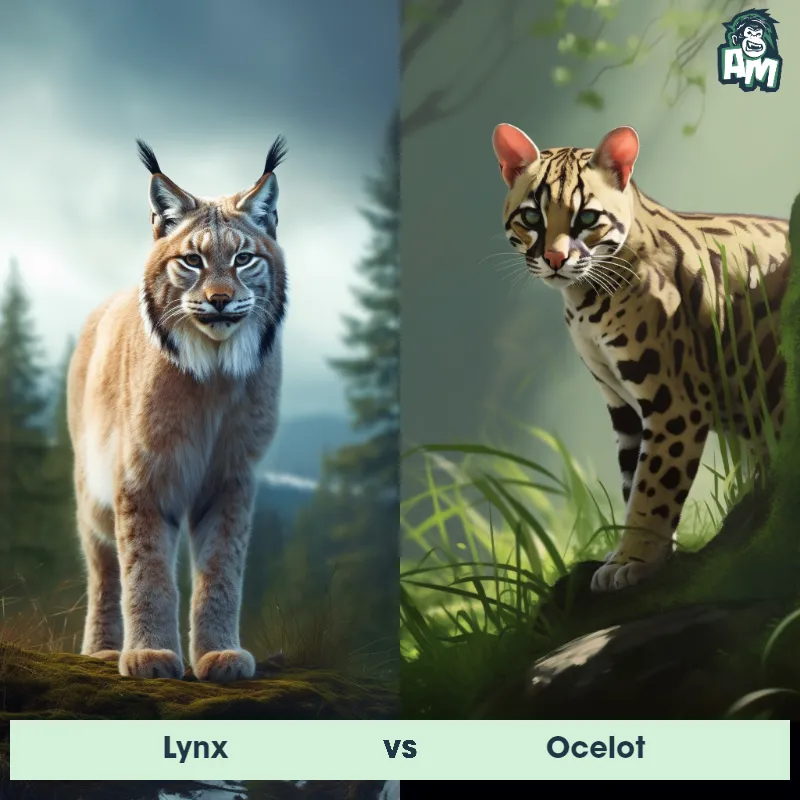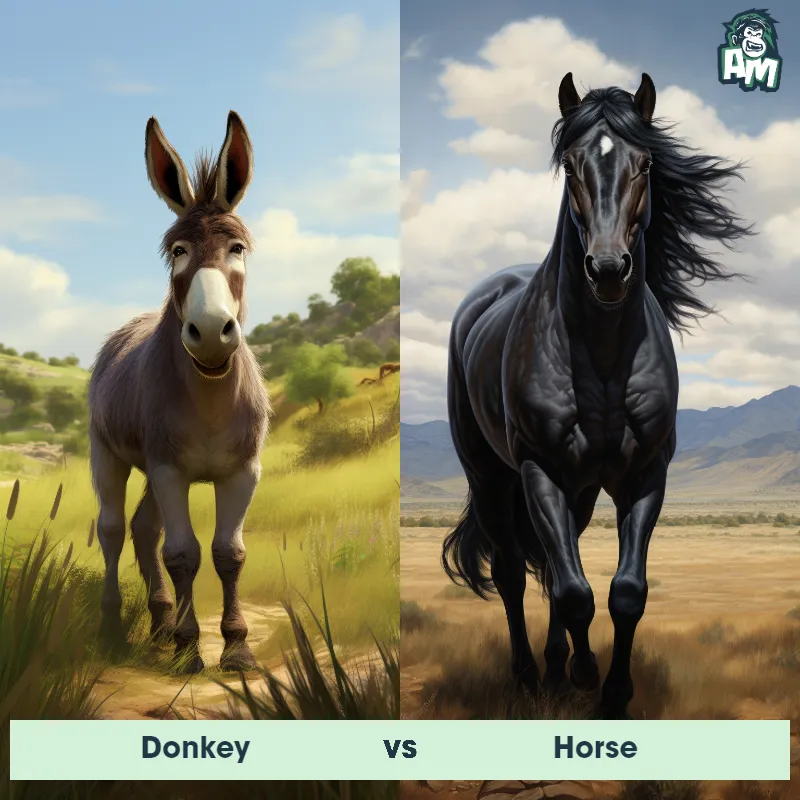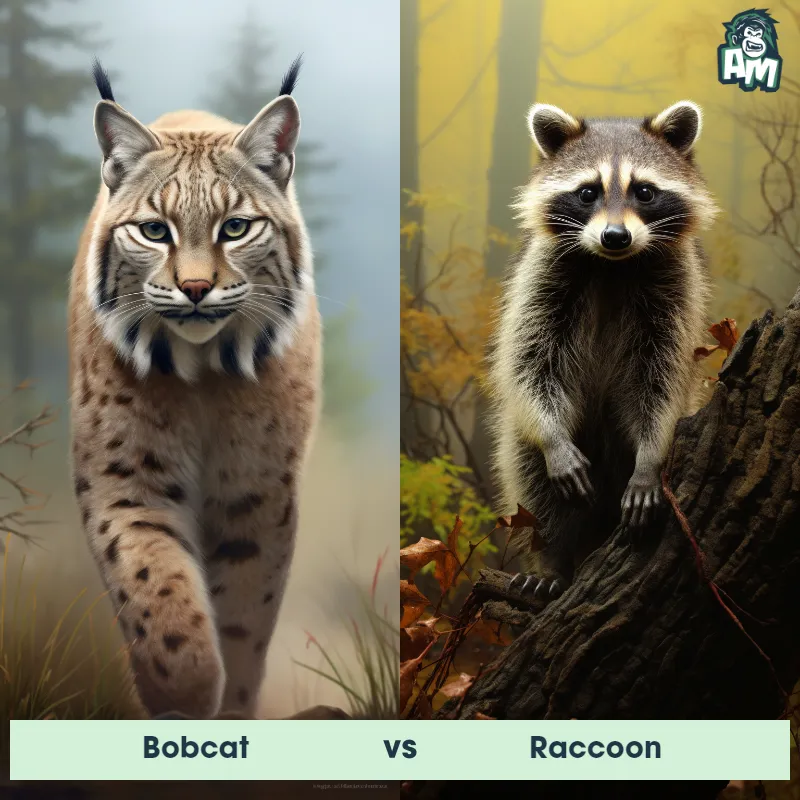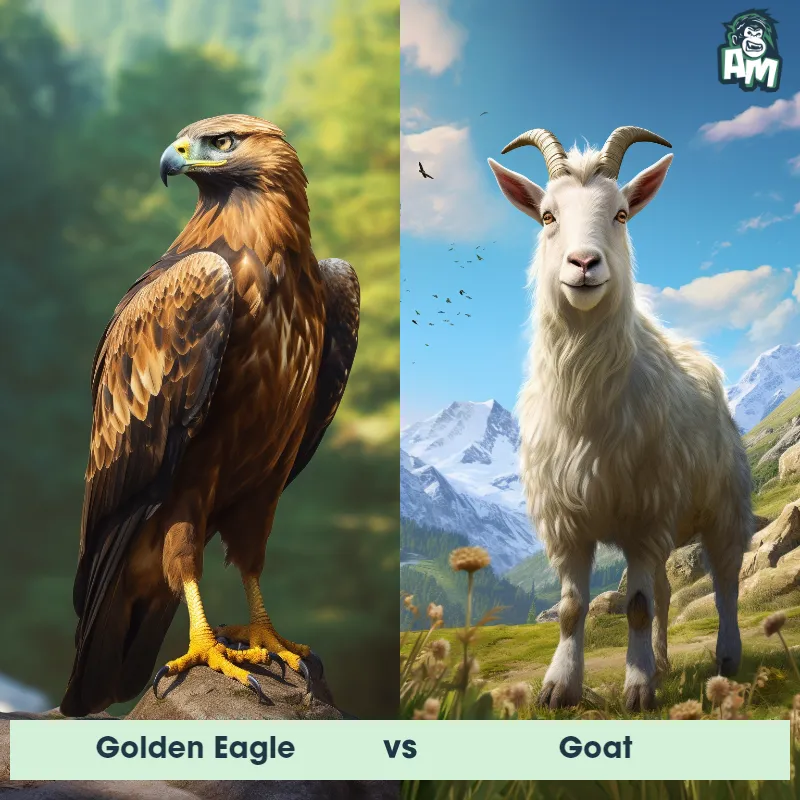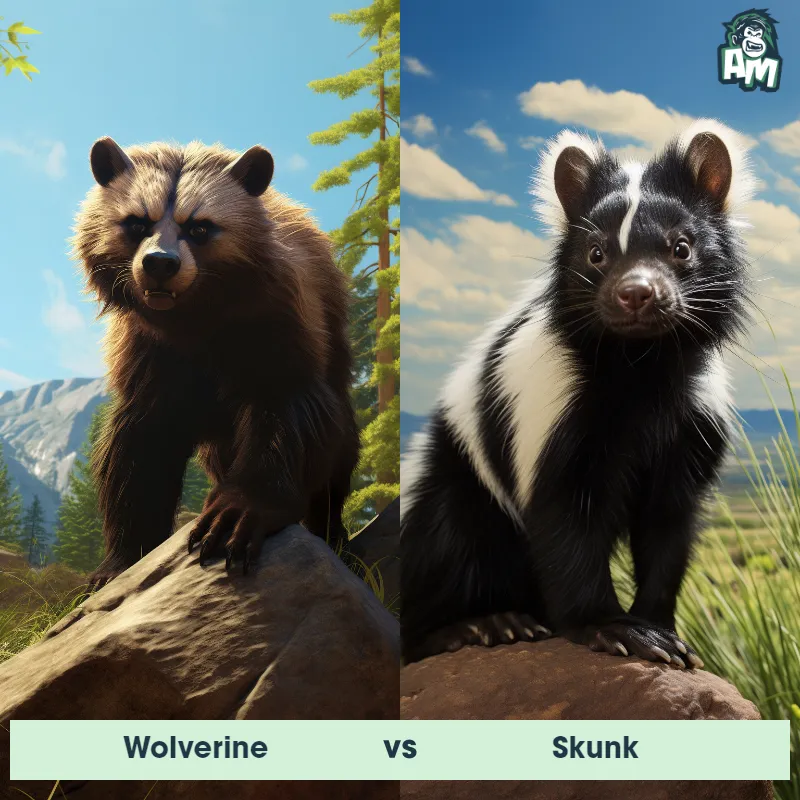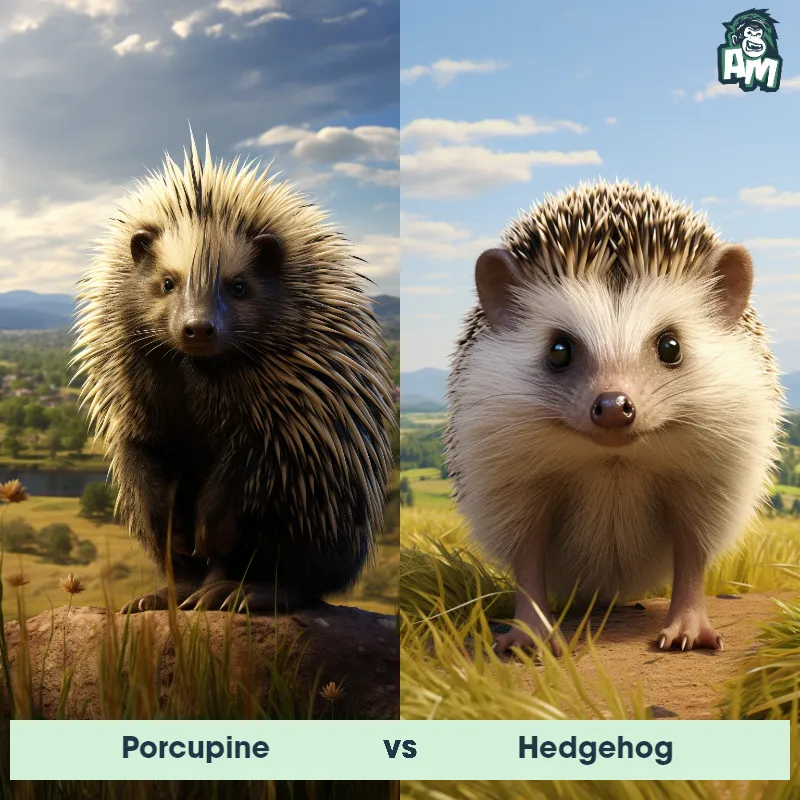Porcupine vs LeopardSee Who Wins

Ladies and gentlemen, welcome to this thrilling matchup between a Porcupine and a Leopard! Tonight, we witness the raw power and agility of these incredible creatures as they go head-to-head in a battle for dominance. Hold on tight, because this is bound to be a wild ride!
Contender 1: Porcupine
The Porcupine is a unique, large rodent recognized by its coat of sharp spines, or quills, which are used for protection against predators. The most characteristic feature of this mammal is its quills, which can be up to 30 centimeters long and are coated with a layer of keratin making them tough and resistant. These nocturnal creatures vary greatly in size and appearance across different species, ranging from a foot to over two feet in length, excluding the tail. The porcupine is a herbivore, mainly eating leaves, bark, and stems of trees.
Fun Fact: Unlike common belief, Porcupines cannot shoot their quills out at will, rather the quills detach easily when a predator comes into contact with them.
Contender 2: Leopard
The Leopard is a large and powerful carnivorous mammal that is known for its distinctive coat pattern consisting of rosette-like spots. It has a slender body, muscular limbs, and a long tail, enabling it to be agile and swift. Leopards are primarily nocturnal creatures, preferring to hunt during the cover of darkness. They are highly adaptable and can thrive in a variety of habitats, ranging from dense forests to open grasslands. With exceptional climbing skills, they are capable of dragging their prey up trees to keep it safe from other predators.
Fun Fact: Leopards are incredibly strong and possess immense agility, as they are capable of leaping horizontally up to 6 meters and vertically up to 3 meters, allowing them to ambush their prey from above with precision.
Matchup Stats
| Porcupine | Leopard | |
|---|---|---|
| Size | 25-36 inches (63.5-91.4 cm) | 24-28 inches (60-71 cm) at the shoulder; 5-6 feet (1.5-1.8 meters) in length |
| Weight | 12-35 lbs (5.4-15.9 kg) | 80-160 pounds (36-73 kilograms) |
| Speed | 2mph (3.2km/h) | 36-37mph (58-60km/h) |
| Key Strength | Sharp quills for protection | Powerful jaw and sharp claws |
| Biggest Weakness | Slow movement | Less endurance compared to some other big cats |
Current Votes
Porcupine vs Leopard
See Who Wins
View More Matches
Looking For More?
Similar Matches
Scientific Stats
| Porcupine | Leopard | |
|---|---|---|
| Scientific Name | Erethizon dorsatum | Panthera pardus |
| Family | Erethizontidae | Felidae |
| Habitat | Forests, deserts, grasslands | Variety of habitats including forests, grasslands, and mountains |
| Geography | North and South America, Africa, Europe, and Asia | Africa, parts of Asia |
| Diet | Leaves, bark, and stems of trees | Carnivorous, preys on various animals including ungulates, small mammals, birds, and reptiles |
| Lifespan | 5 years - 10 years | 12 years - 17 years |
Key Differences between Porcupine and Leopard
- Body shape: The Leopard has a more elongated body with a sleek profile, adapted for quick movement and agility, whereas the Porcupine has a stockier build, larger head, and a rounded appearance.
- Facial features: The Leopard has a well-defined face with prominent, forward-facing eyes, small rounded ears, and a large mouth, while the Porcupine has a face characterized by a relatively small head, large rounded ears, and a short snout.
- Tail: Leopards possess a long, muscular tail used for balance and communication, whereas the Porcupine has a relatively short and stout tail covered in quills.
- Spines: The Porcupine is famously known for its defensive feature of sharp, barbed quills covering its back and sides, which it raises when threatened, while the Leopard lacks such quills and relies on its powerful jaws and sharp claws for self-defense.
- Color and pattern: The Leopard possesses a distinctive coat pattern consisting of rosettes (dark spots with a brown center) on a yellow or golden background, while the Porcupine displays a simpler coloration of brown or black quills over its body.
- Size: The Leopard is considerably larger, capable of reaching lengths of 4 to 6.25 feet, while the Porcupine measures only 2.5 to 3.5 feet in length.



